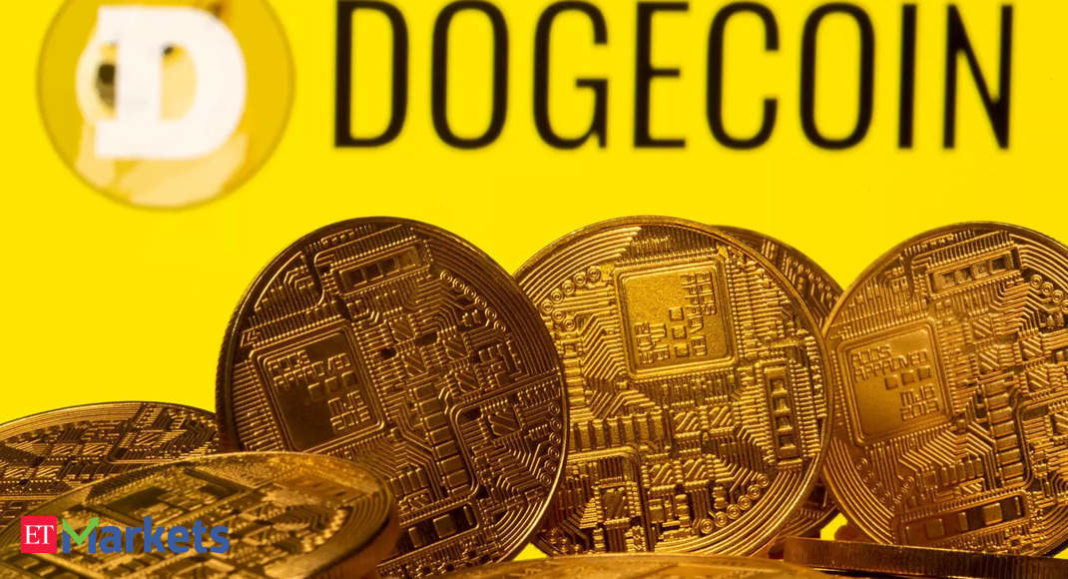Many punters, drooling over dogecoin and other virtual currencies, are now trapped trying to chase momentum. They fell for the fear of missing out (FOMO) and now their dreams of becoming wealthy overnight lay shattered, as the cryptocurrency market lost $830 billion in the week’s meltdown.
Back-to-back negative news flow during the weeks gone by caused the cookie crumble, causing an alarm in the industry. With every new update, prices dipped and panic crept in. Yet, this isn’t the first time when a herd of retail investors has put their hard-earned money in the line, only to be cornered and see their portfolio evaporate.
The latest saga started in February when Elon Musk‘s company Tesla announced purchase of $1.5 billion worth of Bitcoins and later said it would accept the virtual currency as payment for its electric cars. That put the token on a rapidly rising trajectory, and many of its ilk rode the wave too.
In mid-May, a tweet from the mercurial technocrat questioning the massive electricity consumption by the digital asset sent the Bitcoin tumbling, along with some other tokens.
The Bitcoin went on a downward spiral from there on, causing it to plunge to $30,000 from nearly double that level within 10 days. It later regained strength, climbing back to around $37,000 level.
Musk is now attracting a backlash from investors and analysts for his tweets that continued to toy with the price of Bitcoin.
Dogecoin, the ‘meme coin’, too has plunged up to 50 per cent before recovering while peers such as Shiba INU, Dogelon Mars, SafeMoon, Monacoin, Hoge, Loser Coin, Banano have shed up to 80 per cent of their values within a week.
Industry watchers say much like other asset classes, cryptocurrencies are based on fundamentals with their own rule book. Over the past decade, these tokens have shown the potential to be treated as an investable asset class. But before making a bet on a cryptocurrency, one must do some homework and put greed aside.
Vikram Rangala, COO of ZebPay said only those investors should put money in cryptocurrency who understand them. “One should not punt on it based on social media influences,” says he.
Vikram Subburaj, Co-founder and CEO, Giottus Cryptocurrency Exchange, said it is not a good idea to invest more than 10 per cent of your portfolio in cryptocurrencies.
Also, it is essential to understand the process, number and distribution of tokens. “If a token has no limit, then the intrinsic value of the currency may decline. One must look into the purpose the cryptocurrency is aiming to resolve, who is backing it, the vision behind it and the community it is serving.
Cryptocurrency is a highly risky, volatile and uncertain asset class, which can be rigged using various social media fora. More often than not, investors end up making losses when episodes like last week’s ones occur.
Subburaj of Giotto’s Cryptocurrency advised investors to put stop loss in cryptocurrency. “Long-term investors, who do minimal trading, will definitely gain from this market,” he said.
Other crypto watchers say euphoric rallies are not sustainable in any asset class. “The same thing happened with Dogecoin, which had no supply problem as infinite number of tokens can be mined. The spike was fueled by greed and FOMO.
Rangala of ZebPay said such tokens do not have an intrinsic value. People invest on them based on hearsay. “Such coins are not backed by sound financially literate investors or institutions. They lack acceptance within the community,” he said.
Fundamentally stronger tokens did emerge like phoenix from the ashes in the past, but by then many investors had burnt their hands. The saying ‘market can be irrational for longer you can remain solvent’ apply to this new asset class as well.






